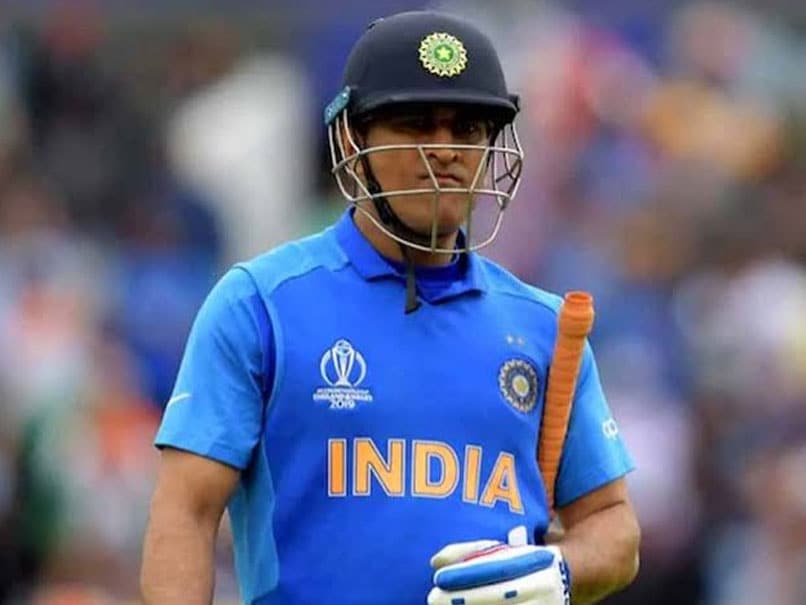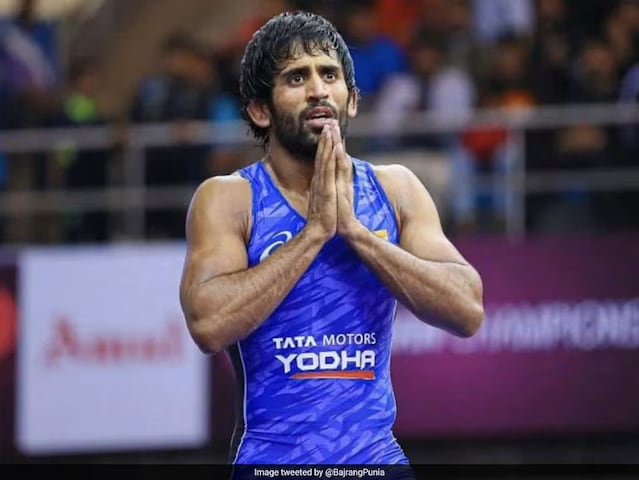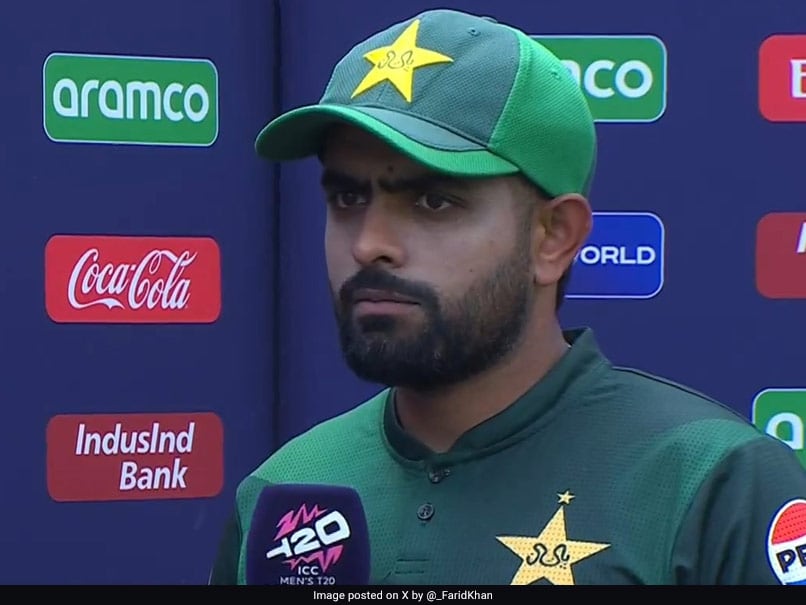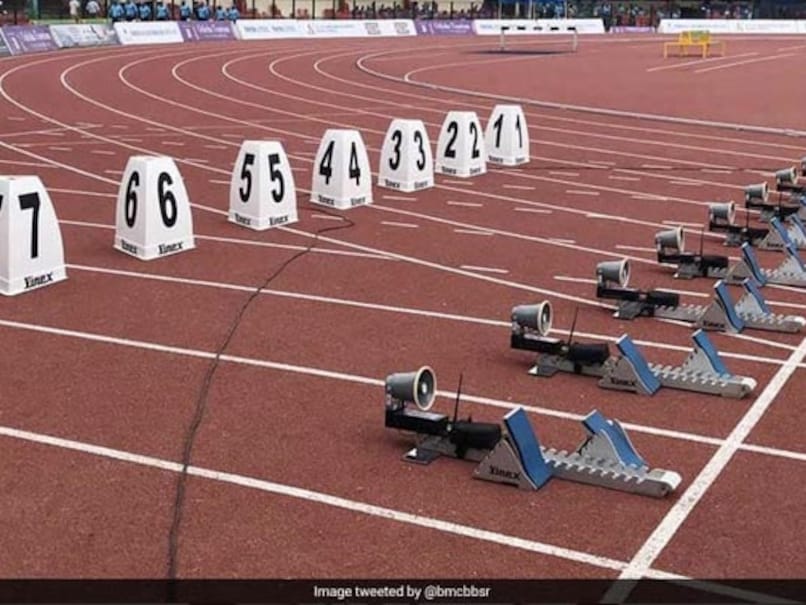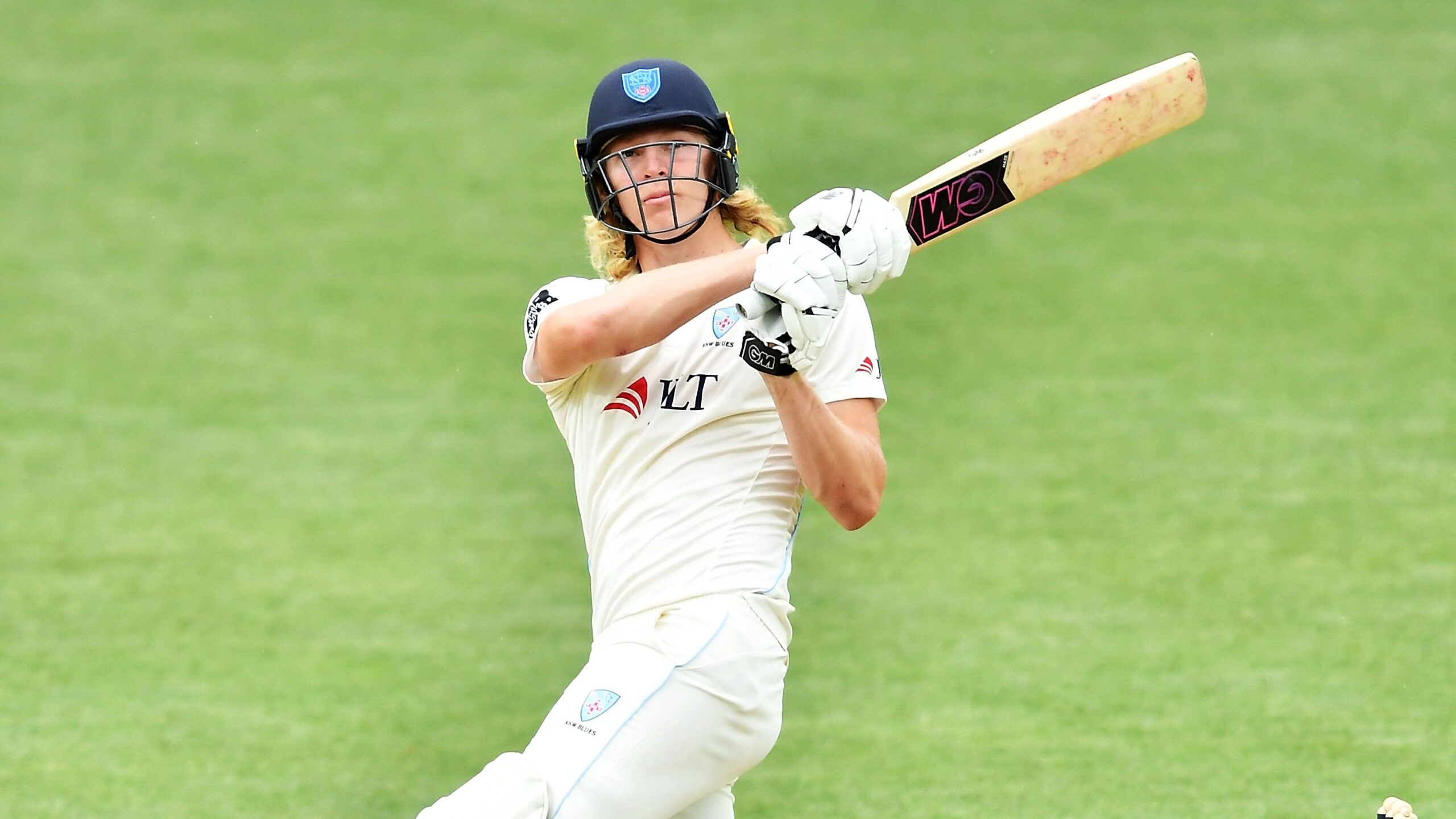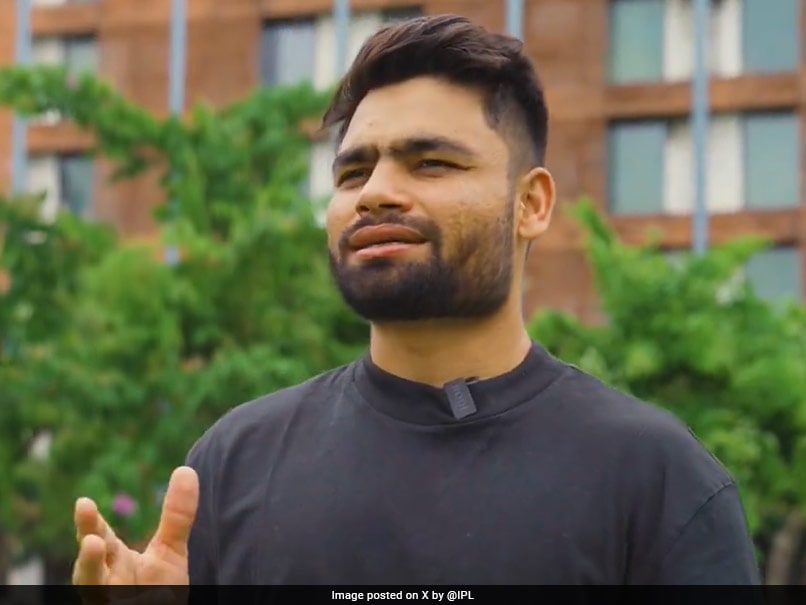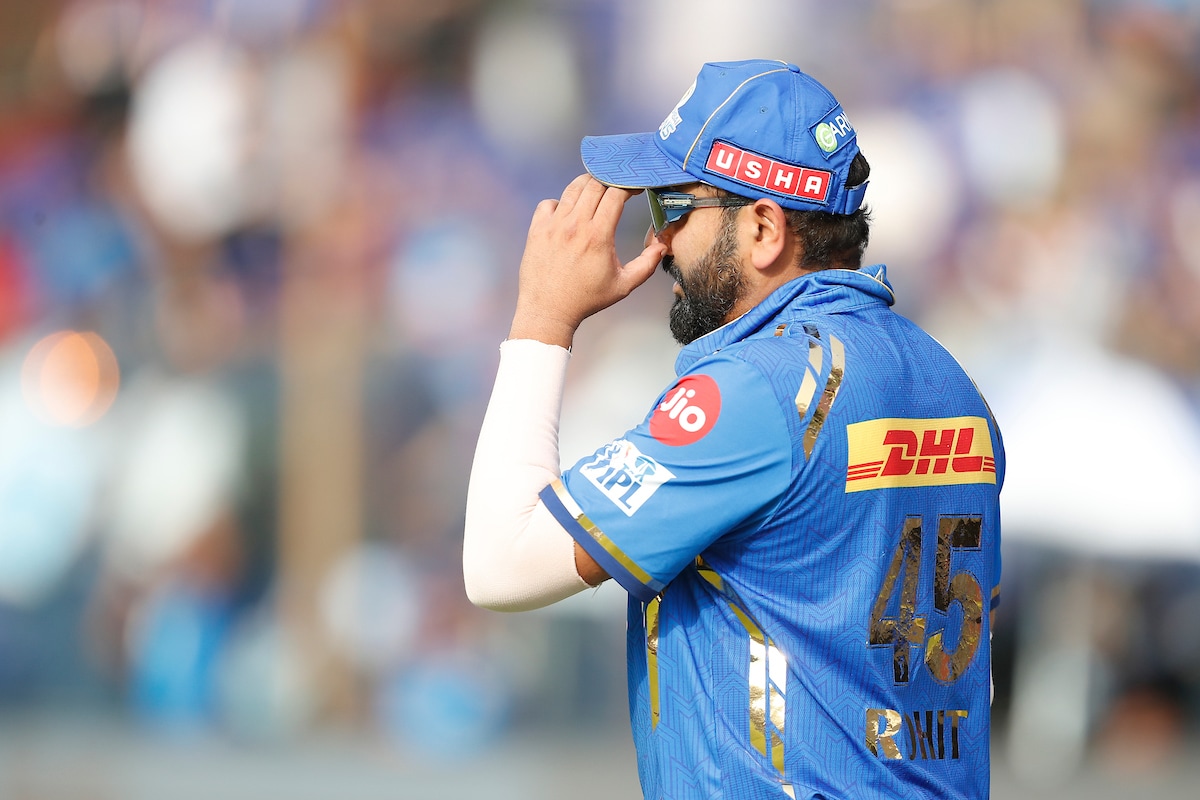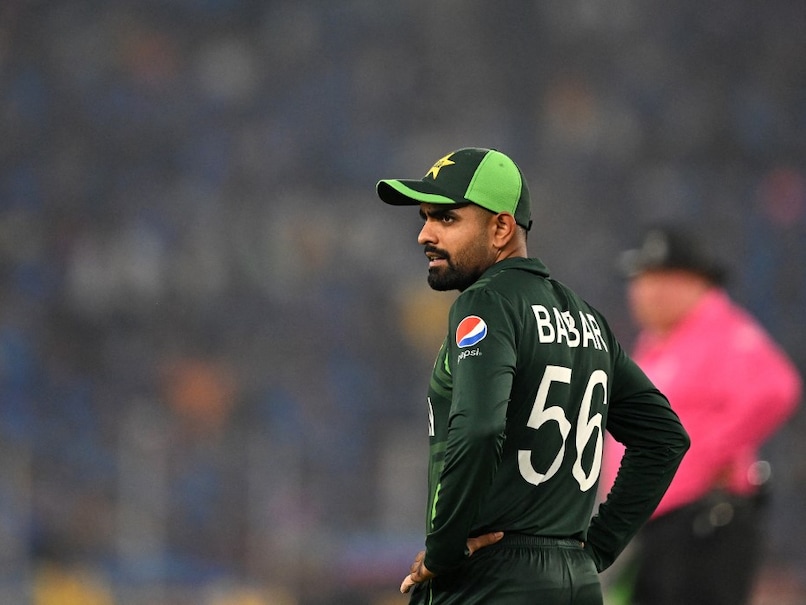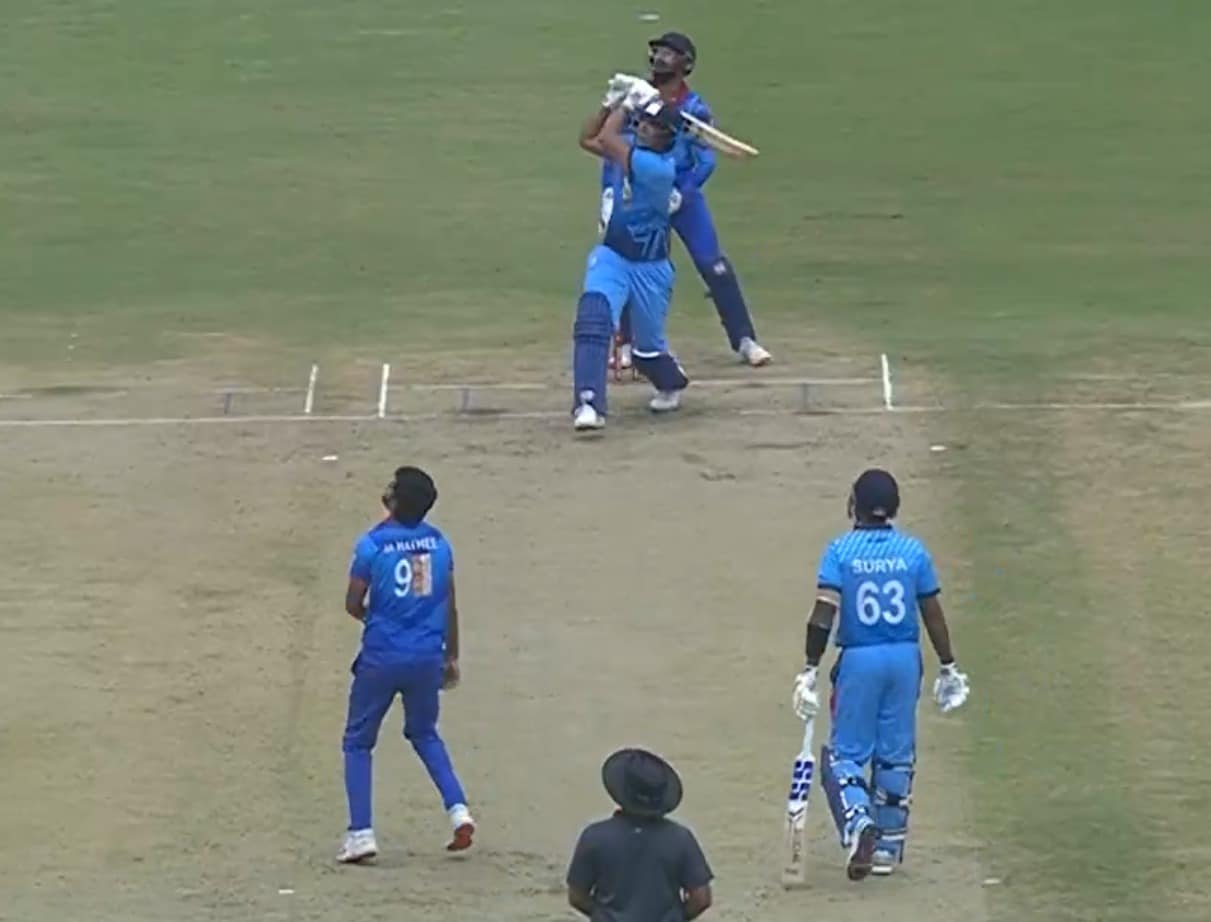Ahead of the pink-ball Adelaide Test between India and Australia in the ongoing Border-Gavaskar Trophy, Damian Hough, the head curator of the pitch at the venue, said that six millimeters of grass will be used on the pitch. The Adelaide Test, starting on December 6, sees India entering with both a mental and physical edge, following a dominant performance in the first Test led by Jasprit Bumrah’s bowling and captaincy. However, the visitors will also aim to exorcise the memories of the infamous 2020 Adelaide pink-ball Test, where they were dismissed for their lowest Test score of 36 runs. On that occasion, Pat Cummins (4/21) and Josh Hazlewood (5/8) dismantled the Indian batting line-up, giving Australia a straightforward target of 90 runs to chase.
Speaking at the pre-match press conference about the pitch and grass cover, Hough said, “Everything seems to stay the same. So it is of course matter grass, even grass cover, good deep moisture, but dry and hard. So something where the quicks will get a bit out of it, spinners will be able to get some bite and turn and bounce. But also important for us to get some partnerships in the players and the players to be able to play their shots. Should be around six. Right now we are at seven, but I reckon it will be six millimetres.”
Hough said that though the ground staff is trying to produce a pitch that could offer a fine contest between bat and ball, it could get hard to bat under the lights with the new ball, especially with both teams having quality bowling attacks.
On the possibility of pitch changing with progress of the match like it changed from challenging to easy-to-bat on during the Perth Test, Hough said that while he cannot predict the pitch will change, one always wants pitches to change in Test cricket.
He also said that the pitch in Adelaide should be able to do enough with the new ball for pacers and spinners alike, but also aid batters once the ball gets older.
“Do you want it to change? Of course you do. Test matches should see it change throughout the course of the four or five days. Drop-in pitches are a bit more challenging.”
“There is no doubt about that because they (drop-in pitches) hold together so well. Traditionally in Adelaide, it should do enough with the new ball for the whole game and it still should grip into that grass and bounce and spin for the whole game. But as the ball gets older, hopefully, the players or the batters can build partnerships and score some runs,” he added.
India are currently 1-0 up in the BGT series following their record-shattering 295-run victory in Perth. The second Test will be played in a day-night format in Adelaide, beginning from Friday.
Australia squad (for second Test): Pat Cummins (c), Scott Boland, Alex Carey (wk), Josh Hazlewood, Travis Head, Josh Inglis, Usman Khawaja, Marnus Labuschagne, Nathan Lyon, Mitch Marsh, Nathan McSweeney, Steve Smith, Mitchell Starc, Beau Webster
India squad: Rohit Sharma (C), Jasprit Bumrah (VC), Yashasvi Jaiswal, KL Rahul, Abhimanyu Easwaran, Devdutt Padikkal, Shubman Gill, Virat Kohli, Rishabh Pant, Sarfaraz Khan, Dhruv Jurel, Ravichandran Ashwin, Ravindra Jadeja, Mohammed Siraj, Akash Deep, Prasidh Krishna, Harshit Rana, Nitish Kumar Reddy, Washington Sundar.
Reserves: Mukesh Kumar, Navdeep Saini, Khaleel Ahmed, Yash Dayal.
Topics mentioned in this article


